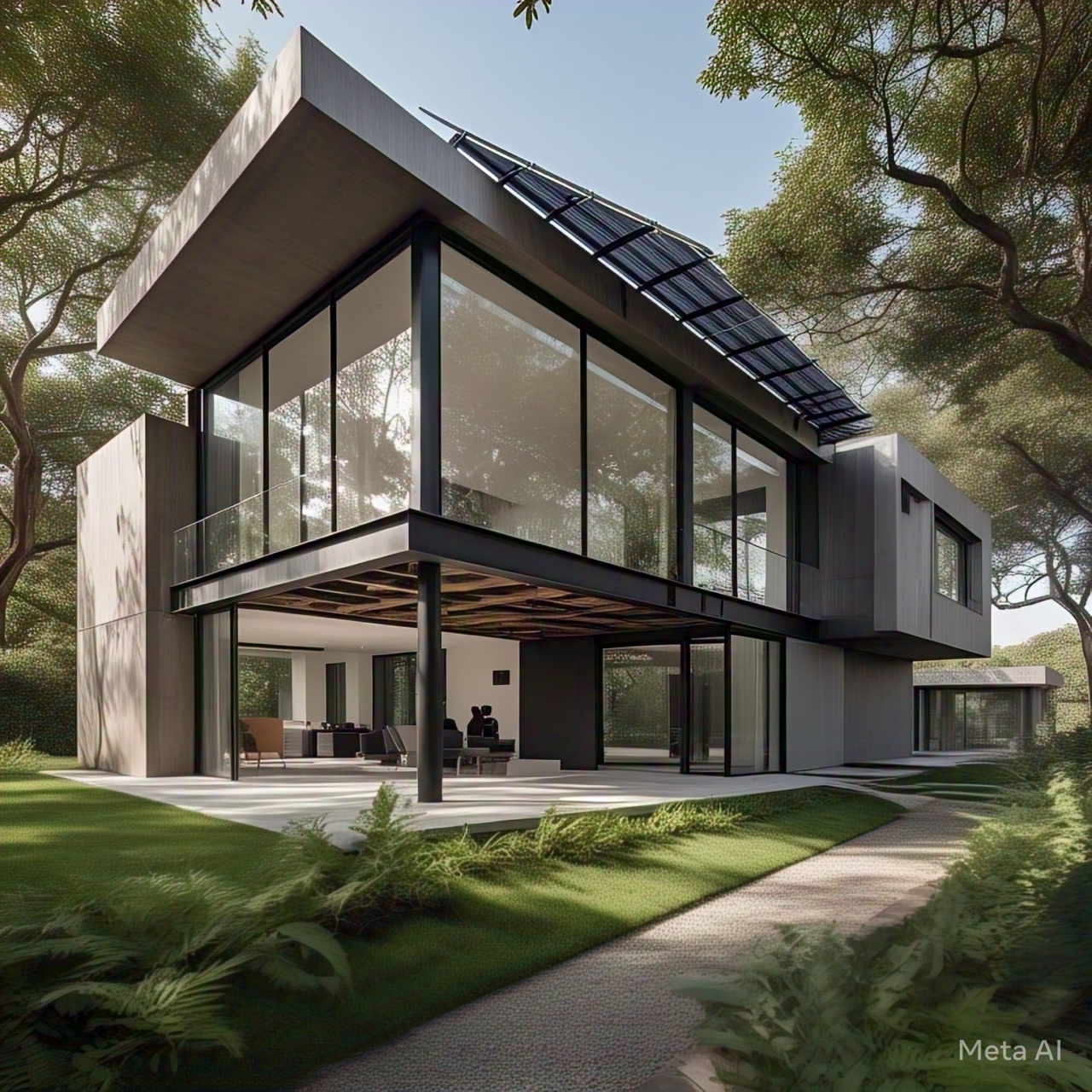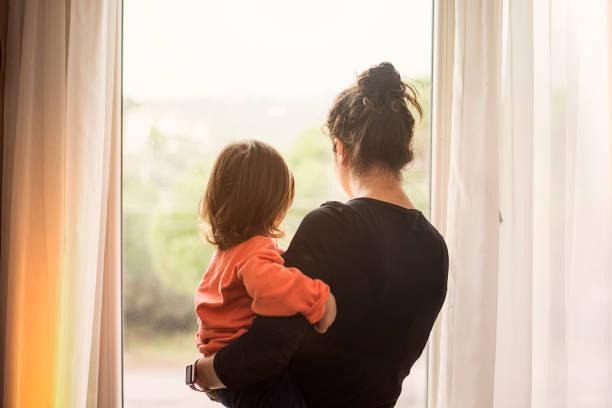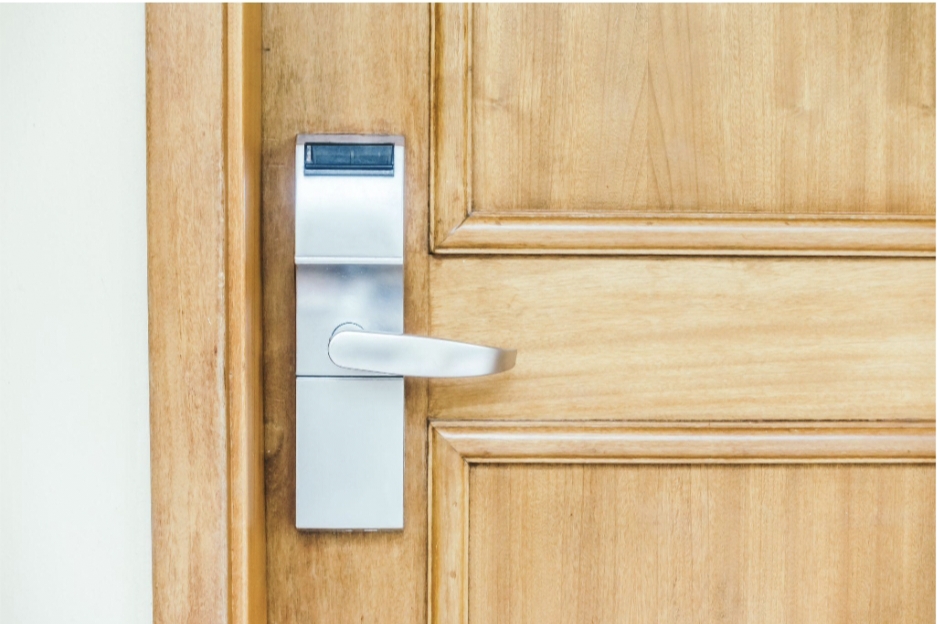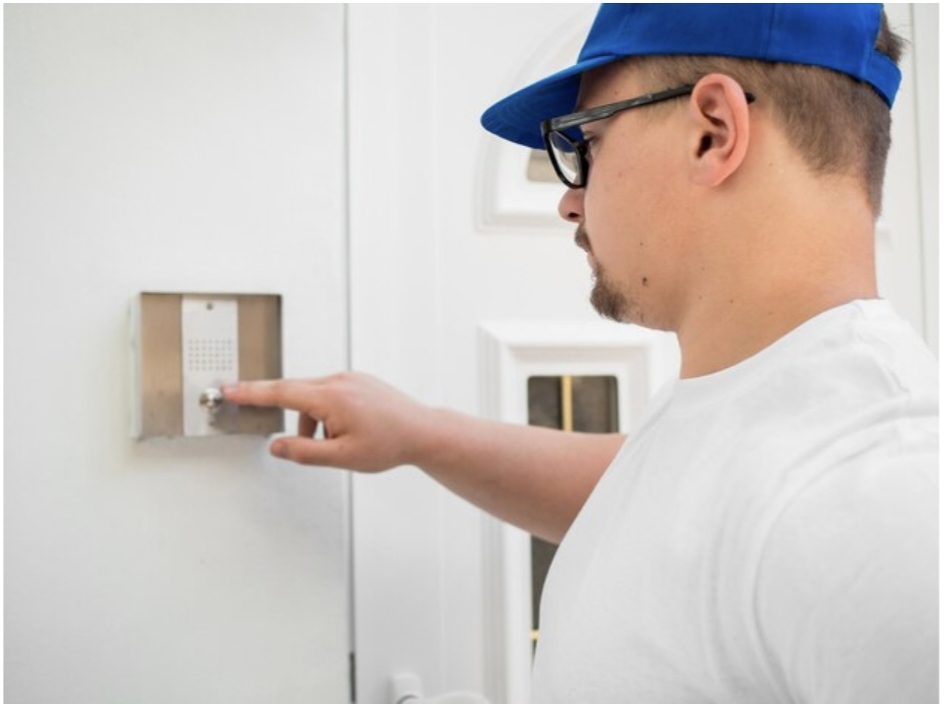Key Takeaways:
- Understanding contemporary home construction trends can create more efficient, sustainable, and aesthetically pleasing living spaces.
- Integrating advanced technology and eco-friendly practices is at the forefront of modern construction methods.
Introduction to Modern Home Construction
Home construction is witnessing a pivotal shift with technological advancements and sustainable practices leading to more innovative living spaces. Services like those offered by a Chicago IL home builder are now at the forefront of this transformation, effectively blending traditional craftsmanship with modern demands for efficiency and aesthetics. This evolution is driven by the need for homes catering to contemporary tastes and future-proof living needs.
Today’s homebuyers are more informed and discerning, seeking properties that reflect their values and lifestyles. The growing trend of building aesthetically pleasing and sturdy homes emphasizes how important it is to keep up with the most recent advancements in homebuilding. Engaging with these trends allows homeowners and builders to make informed decisions that enhance livability and long-term value, advises the Allegiant Property Management team.
The Rise of Smart Homes
The concept of smart houses has evolved beyond science fiction. With technology rapidly changing, incorporating smart features has become standard in modern construction. These innovations range from voice-activated assistants to fully integrated security systems, providing unprecedented convenience and customization. Smart thermostats, for instance, can learn your schedule and adjust temperatures for optimized energy use, leading to significant cost savings over time.
Moreover, automating everyday functions enhances homeowners’ security and peace of mind. From remotely accessible video doorbells to intelligent smoke detectors, the market is flooded with options designed to streamline daily living.
Eco-Friendly Building Materials
The demand for sustainable living has spurred increased use of eco-friendly materials in construction. Using materials like bamboo (known for its rapid growth and renewability) or reclaimed wood reduces the carbon footprint of construction projects. It aligns with a growing societal emphasis on conservation and climate responsibility. These materials, once niche, are now being sought out for their durability and aesthetic flexibility.
Beyond environmental benefits, eco-friendly materials contribute to healthier indoor environments. Traditional building materials often contain chemicals that can off-gas over time, impacting air quality. By opting for natural alternatives, homeowners reduce exposure to these toxins, promoting better air quality and healthier living conditions.
Open Floor Plans Gain Popularity
Open floor plans have dramatically redefined modern living spaces, creating a continuum of space that promotes interaction and connectivity. This trend reflects a broader societal shift toward more adaptable and sociable environments. Open layouts dissolve barriers between kitchen, dining, and living areas, allowing for multifunctional spaces that cater to diverse lifestyle needs. Open floor layouts have many advantages, but they also have special drawbacks, such as the possibility of more noise and less privacy. Solutions like strategic furniture placement and rugs or partitions can effectively manage these challenges, allowing homeowners to enjoy the airy feel of open designs without sacrificing comfort.
Prefabricated Construction Methods
Prefabricated and modular construction methods are increasingly popular for their efficiency and cost-effectiveness. In contrast to conventional on-site construction, prefabrication entails putting building components together in a controlled setting before delivering them to their destination. This process dramatically reduces build time and minimizes exposure to weather-related delays.
Moreover, prefabrication allows for a high degree of personalization, enabling buyers to customize designs to their specifications. This flexibility makes it an attractive option for those seeking modern design aesthetics without the extended timelines and higher costs typically associated with bespoke construction projects.
Renewable Energy Integration
Homeowners have a rare chance to save energy expenses and make a good environmental impact by integrating renewable energy technology into their designs. As technology advances and costs decrease, devices like solar panels and small-scale wind turbines become increasingly prevalent in residential structures.
Renewable energy provides homes with long-term financial benefits through lower electricity bills and possible tax advantages. It also lessens fossil fuel dependency.
Emphasis on Accessibility and Aging in Place
The need for homes accommodating diverse demographics, including an aging population, has driven a focus on accessibility. It includes designing homes with features that cater to mobility challenges or potential future needs, ensuring that all residents can enjoy their spaces comfortably and independently.
Incorporating no-step entrances, wider doorways, and accessible bathroom designs allows individuals to age in place with dignity and ease. These considerations are becoming increasingly intrinsic to modern home design, reflecting a broader trend towards inclusivity in residential architecture.
Conclusion and Future Outlook
As construction practices evolve, it’s crucial to stay informed about trends that enhance the aesthetic and functionality of homes while reflecting shifts toward sustainability and technology. The future of home construction promises even more innovation, with advancements in materials, techniques, and digital technology reshaping our living spaces.





